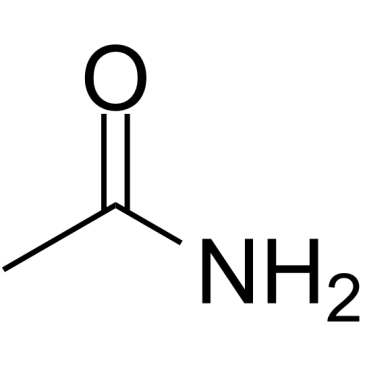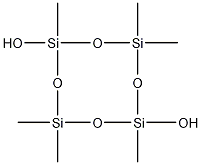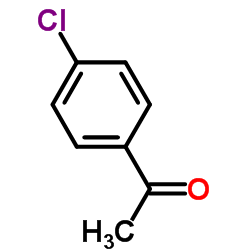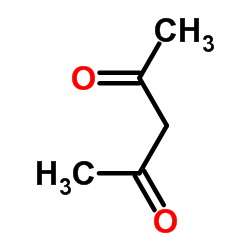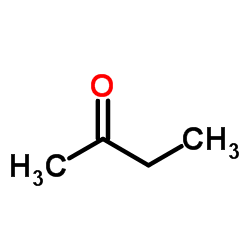562-90-3
| Name | Silicon(IV) Acetate |
|---|---|
| Synonyms |
MFCD00026184
silicon tetraacetate EINECS 209-239-7 |
| Density | 1,18 g/cm3 |
|---|---|
| Boiling Point | 148 °C5 mm Hg(lit.) |
| Melting Point | 111-115 °C(lit.) |
| Molecular Formula | C8H12O8Si |
| Molecular Weight | 264.26200 |
| Flash Point | >110°C |
| Exact Mass | 264.03000 |
| PSA | 105.20000 |
| Vapour density | >1 (vs air) |
| Storage condition | 0-6°C |
|
Section 1: Product Identification Chemical Name:Silicon (IV) acetate, min. 95% CAS Registry Number:562-90-3 Formula:Si(OOCCH3)4 EINECS Number:209-239-7 Chemical Family:metal acetate salt Synonym:Silicon tetraacetate
Section 2: Composition and Information on Ingredients IngredientCAS NumberPercentACGIH (TWA)OSHA (PEL) Title Compound562-90-3100%no datano data Section 3: Hazards Identification Corrosive to skin, eyes, and mucous membranes. May cause coughing, wheezing, shortness of breath, Emergency Overview: headache, nausea and vomiting. Ingestion may cause damage to the mouth, throat and esophagus. Primary Routes of Exposure:Ingestion, inhalation, skin, eyes. Eye Contact:Corrosive to eyes. Skin Contact:Corrosive to skin. Inhalation:Inhalation may cause inflammation of the respiratory tract, edema and chemical pneumonitis. Ingestion:Ingestion may cause damage to the mouth, throat and esophagus. Corrosive to skin, eyes and mucous membranes. Inhalation causes coughing, wheezing, shortness of breath, Acute Health Affects: headache, nausea, and vomiting. Ingestion may cause damage to the mouth throat and esophagus. Chronic Health Affects:Prolonged inhalation of inorganic silicon compounds may cause pulmonary fibrosis know as silicosis. NTP:No IARC:No OSHA:No SECTION 4: First Aid Measures Immediately flush the eyes with copious amounts of water for at least 10-15 minutes. A victim may need Eye Exposure: assistance in keeping their eye lids open. Get immediate medical attention. Wash the affected area with water. Remove contaminated clothes if necessary. Seek medical assistance if Skin Exposure: irritation persists. Remove the victim to fresh air. Closely monitor the victim for signs of respiratory problems, such as difficulty Inhalation: in breathing, coughing, wheezing, or pain. In such cases seek immediate medical assistance. Seek medical attention immediately. Keep the victim calm. Give the victim water (only if conscious). Induce Ingestion: vomiting only if directed by medical personnel. SECTION 5: Fire Fighting Measures Flash Point:not applicable Autoignition Temperature:no data Explosion Limits:no data Extinguishing Medium:carbon dioxide or dry powder Fire fighters should be equipped with a NIOSH approved positive pressure self-contained breathing apparatus Special Fire Fighting Procedures: and full protective clothing. Hazardous Combustion andIf involved in a fire, this material may emit toxic and corrosive fumes. Decomposion Products: Unusual Fire or Explosion Hazards: No unusual fire or explosion hazards. SECTION 6: Accidental Release Measures Spill and Leak Procedures:Sweep up the solid and dispose of properly. SECTION 7: Handling and Storage Handling and Storage:Store the material in a sealed container. Store cold. Keep away from heat. SECTION 8: Exposure Controls and Personal Protection Eye Protection:Always wear approved safety glasses when handling a chemical substance in the laboratory. Skin Protection:Wear protective clothing and gloves. Consult with glove manufacturer to determine the proper type of glove. Ventilation:To minimize exposure, handle the material in an efficient fume hood. If ventilation is not available a respirator should be worn. The use of respirators requires a Respirator Respirator: Protection Program to be in compliance with 29 CFR 1910.134. Ventilation:To minimize exposure, handle the material in an efficient fume hood. Additional Protection:No additional protection required. SECTION 9: Physical and Chemical Properties Color and Form:white xtl. Molecular Weight:264.27 Melting Point:160° dec. Boiling Point:148°C /6mm(110°subl.) Vapor Pressure:no data Specific Gravity:no data Odor:not determined Solubility in Water:reacts with water SECTION 10: Stability and Reactivity Stability:moisture sensitive (store cold) Hazardous Polymerization:no hazardous polymerization Conditions to Avoid:contact with moisture Incompatibility:oxidizing agents, water, strong bases, and halogens Decomposition Products:carbon monoxide, carbon dioxide, silicon dioxide and organic fumes. SECTION 11: Toxicological Information RTECS Data:No information available in the RTECS files. Carcinogenic Effects:No data available Mutagenic Effects:No data available Tetratogenic Effects:No data available SECTION 12: Ecological Information Ecological Information:No information available SECTION 13: Disposal Considerations Disposal:Dispose of according to federal, state, and local regulations. SECTION 14: Transportation Shipping Name (CFR):Corrosive Solids, N.O.S. Hazard Class (CFR):8 Additional Hazard Class (CFR):NA Packaging Group (CFR):III UN ID Number (CFR):UN# 1759 Shipping Name (IATA):Corrosive Solid, N.O.S. Hazard Class (IATA):8 Additional Hazard Class (IATA):NA Packaging Group (IATA):III UN ID Number (IATA):UN# 1759 SECTION 15: Regulatory Information TSCA:Listed in the TSCA inventory. SARA (Title 313):Title compound not listed. Second Ingredient:none SECTION 16 - ADDITIONAL INFORMATION N/A |
| Symbol |

GHS05 |
|---|---|
| Signal Word | Danger |
| Hazard Statements | H314 |
| Precautionary Statements | P280-P305 + P351 + P338-P310 |
| Personal Protective Equipment | Eyeshields;Faceshields;full-face particle respirator type N100 (US);Gloves;respirator cartridge type N100 (US);type P1 (EN143) respirator filter;type P3 (EN 143) respirator cartridges |
| Hazard Codes | C:Corrosive; |
| Risk Phrases | R34 |
| Safety Phrases | S26-S36/37/39-S45 |
| RIDADR | UN 3261 8/PG 2 |
| WGK Germany | 3 |
| Packaging Group | II |
| Hazard Class | 8 |
| HS Code | 2915900090 |
| Precursor 10 | |
|---|---|
| DownStream 10 | |
| HS Code | 2915900090 |
|---|---|
| Summary | 2915900090 other saturated acyclic monocarboxylic acids and their anhydrides, halides, peroxides and peroxyacids; their halogenated, sulphonated, nitrated or nitrosated derivatives VAT:17.0% Tax rebate rate:9.0% Supervision conditions:AB(certificate of inspection for goods inward,certificate of inspection for goods outward) MFN tariff:5.5% General tariff:30.0% |

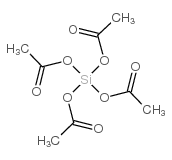
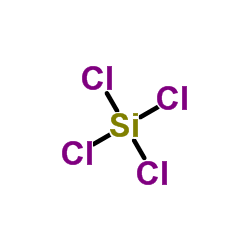



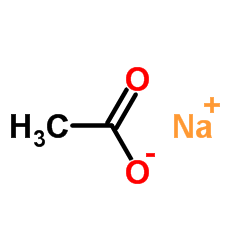

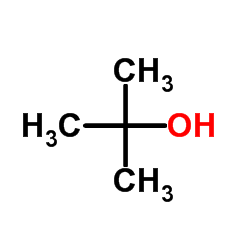
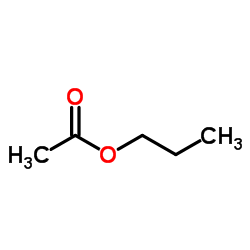
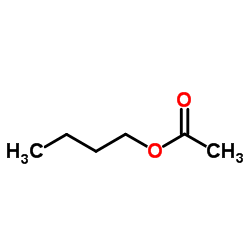

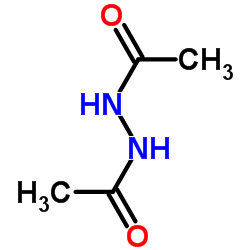
![4,10-dimethyl-1,5,7,11-tetraoxa-6-silaspiro[5.5]undecane structure](https://image.chemsrc.com/caspic/415/18270-02-5.png)
